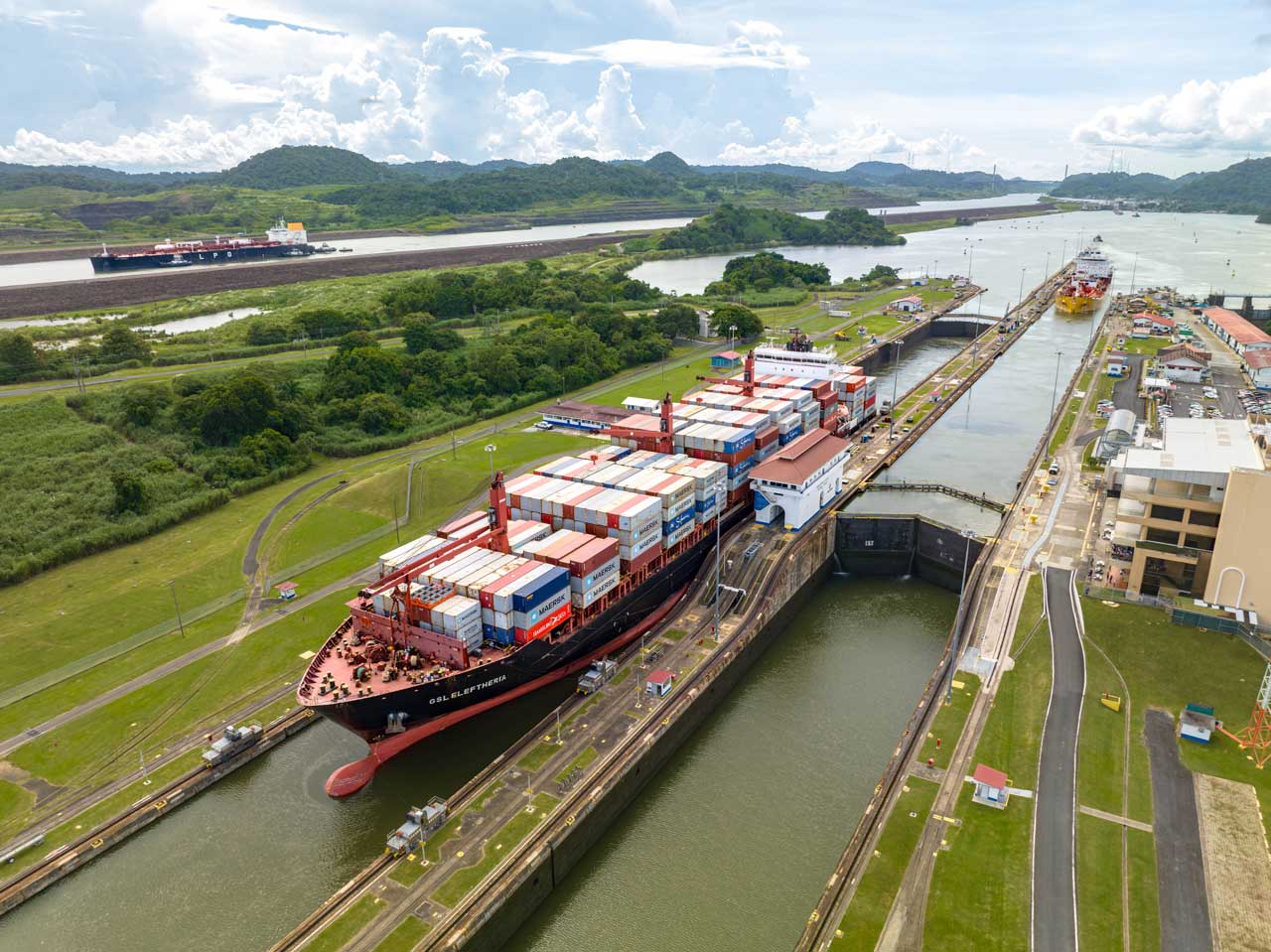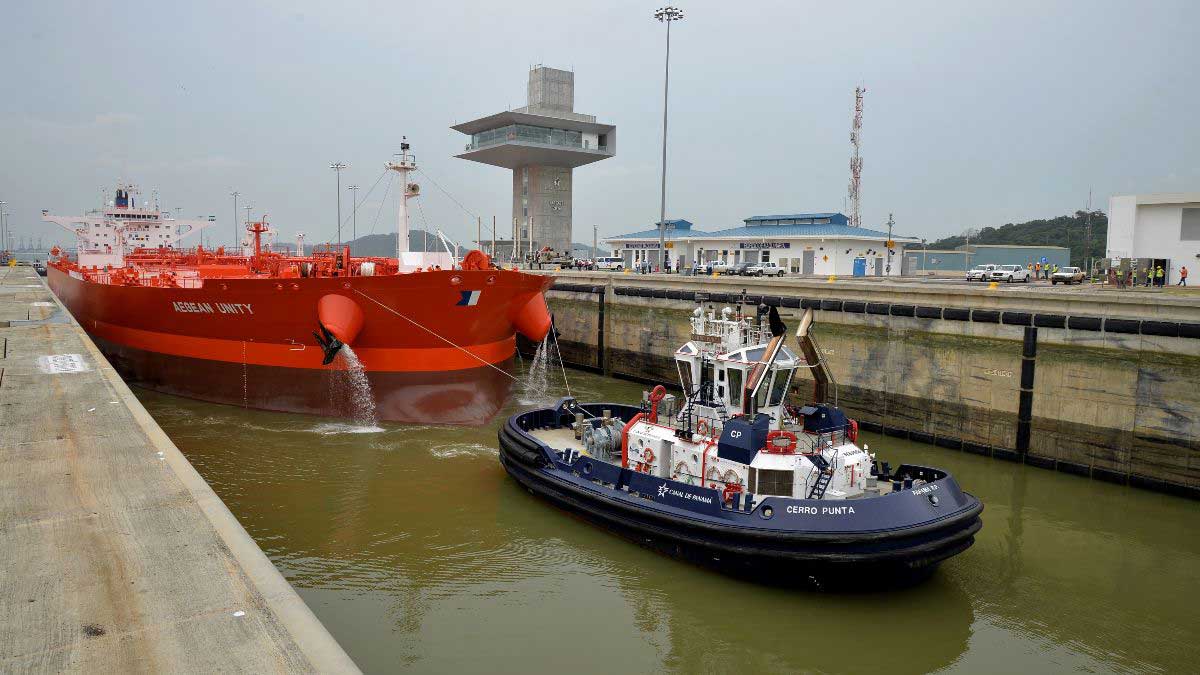In the last seven years, the Canal has been restructuring its pricing to align with and move toward a charge that reflects the true value of the Canal to each of its major business segments, where the price charged reflects the true value of the service to the customer. When the United States operated the Canal, it was run as a profit-neutral utility. During this time, the Canal’s financial policy, as well as its tolls structure, was essentially aimed at recovering operation and investment costs. When the Canal was handed over from the United States to Panama in 1999, the ACP shifted the Canal’s operations to a market-oriented business model – one that focuses on customer service and reliability and contributes to the welfare of the people of Panama.
The Panama Canal is committed to providing a safe, reliable and efficient service. For many years, the waterway’s prices were below the true value of the service. This situation allowed the ACP to gradually correct these pricing inefficiencies while increasing value. The new pricing proposal strives to set a pricing structure that adequately reflects the value of the service.
- When the Canal opened in 1914, it charged $1.20 per laden ton of cargo (including on-deck cargo), and, in 1938, the U.S. Congress mandated that the Canal lower its tolls rate to .90 per laden ton of cargo.
- When the Canal was given permission in 1974 to finally adjust its tolls, the new price – $1.08 and not including on-deck cargo – was lower than the cost when the Canal first opened.
- While much of the value of the Canal is determined by the growth and importance of world trade, it is important to note that: from the time the Canal opened in 1914 to today, Panama Canal prices increased much less than the annual inflation rate, while the value of the waterway has increased exponentially. Compare just about any other product’s or service’s price increase over the past 90 years and it is clear that the Canal’s costs remain low.
-
- From 1974 to 1983, still under U.S. control, Canal prices increased 70 percent when the Canal was operating under a profit-neutral model, without the current operator’s market-oriented model that provides products and services to satisfy customer demand and increase the Canal’s efficiency, reliability and safety.
-
- Moreover, in the 23 years since 1983, Canal prices have only increased approximately 40 percent, during a time when the Canal’s value has increased exponentially:
- Massive surge in shipping and global trade;
- Increases in the cost of newbuildings, operation, and fuel costs to vessels have resulted in added value to the shorter Panama all-water route;
- Dramatic increases in the value of the products that shippers transport through the Canal (moving from grains to high-dollar containerized products); and
- Heightened use of just-in-time shipping, which places a premium on the Canal’s reliability.
- In 2004, the Canal implemented a revised measurement and pricing system that closed a loophole where shippers were not paying for containers housed on-deck. The charge for on-deck containers was implemented gradually over three years.
- Moreover, in the 23 years since 1983, Canal prices have only increased approximately 40 percent, during a time when the Canal’s value has increased exponentially:
Panama Canal Tolls from 1914 to 2002
(Charges per net ton)
|
Full
|
Empty
|
Displacement
|
% of Increase
|
|
| 1914 – 1938 | $1.20 | $0.72 | $0.50 | 0.00% |
| March 1, 1938 – 1974 | $0.90 | $0.72 | $0.50 | -25.00% |
| July 8, 1974 – 1976 | $1.08 | $0.86 | $0.60 | 19.70% |
| November 18, 1976 – 1979 | $1.29 | $1.03 | $0.72 | 19.50% |
| October 1, 1979 – 1983 | $1.67 | $1.33 | $0.93 | 29.30% |
| March 12, 1983 – 1989 | $1.83 | $1.46 | $1.02 | 9.80% |
| October 1, 1989 – 1992 | $2.01 | $1.60 | $1.12 | 9.80% |
| October 1, 1992 – 1997 | $2.21 | $1.76 | $1.23 | 9.90% |
| January 1, 1997 – 1998 | $2.39 | $1.90 | $1.33 | 8.20% |
| January 1, 1998 – 2002 | $2.57 | $2.04 | $1.43 | 7.50% |




